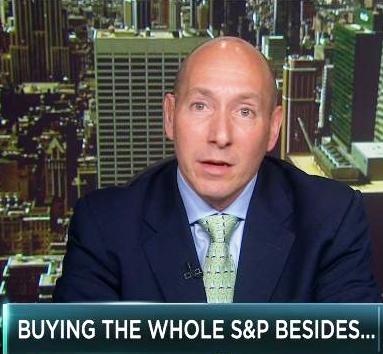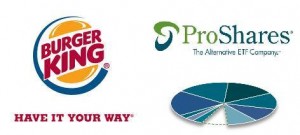The NYSE, a division of Intercontinental Exchange (ICE) has encountered a slippery slope in the exchange’s effort to secure a bigger role in the ETF marketplace through a scheme that would expedite the creation of so-called actively-traded ETFs, which some MarketsMuse followers have dubbed ‘exchange-traded funds on testosterone.’
WSJ-The New York Stock Exchange this month withdrew a proposal to the Securities and Exchange Commission that would have expedited the regulatory approval of some exchange-traded funds, a setback for the fast-expanding ETF industry.
What the Intercontinental Exchange Inc. unit sought is known as a generic listing standard, which would have cut months off the process to list actively managed ETFs. Listing currently requires a fund-by-fund evaluation by the SEC that can take several months. The SEC reported the withdrawal on Oct. 19.
Generic listing standards for many index-based products, which seek to mimic the performance of a particular index, have slashed the time and cost of getting an exchange-traded fund to market, helping fuel a record number of new issuers this year.
The setback for efforts to secure similar standards for actively managed products highlights the limits facing the industry after years of rapid and broad growth.
The SEC declined to comment on the withdrawal. A person familiar with the process said there were concerns at the SEC about the open-ended use of derivatives that could occur if the rule were approved. A narrower proposal could limit the types of new funds or tools they use should the SEC eventually approve the listing standards.
For its part, NYSE still sees value in a faster approval process for these funds, an exchange spokeswoman said.
A person familiar with the matter said NYSE would tweak and refile the proposal.
“I think it’s the SEC being extra cautious,” said Todd Rosenbluth, head of ETF research at S&P Capital IQ. “I think they want to fully understand the risks that investors take on with these products.”
Exchange-traded funds hold baskets of stocks, bonds or other assets and trade on an exchange like a stock. Most are passive, with holdings dictated by the rules and weightings of the index they are designed to track. Actively managed products, in which a fund manager can change the holdings, account for only about 130 of the 1,787 exchange-traded products in the U.S., according to ETFGI, a London-based consulting firm. They have about $21.6 billion in assets, a fraction of the some $1.98 trillion in all exchange-traded products in the U.S.
But actively managed funds represent a frontier for ETFs, and exchanges are eager to speed up the process of listing them, particularly as the competition for listings heats up.
For the full story from WSJ, please click here.




